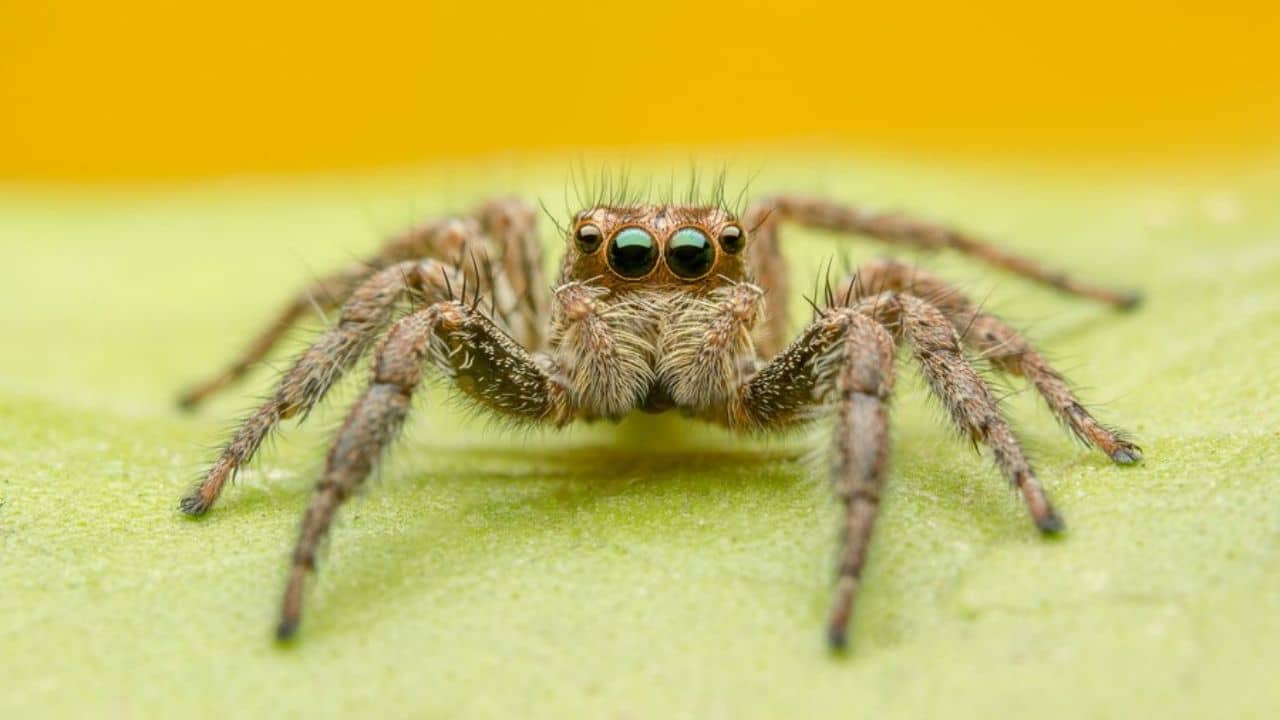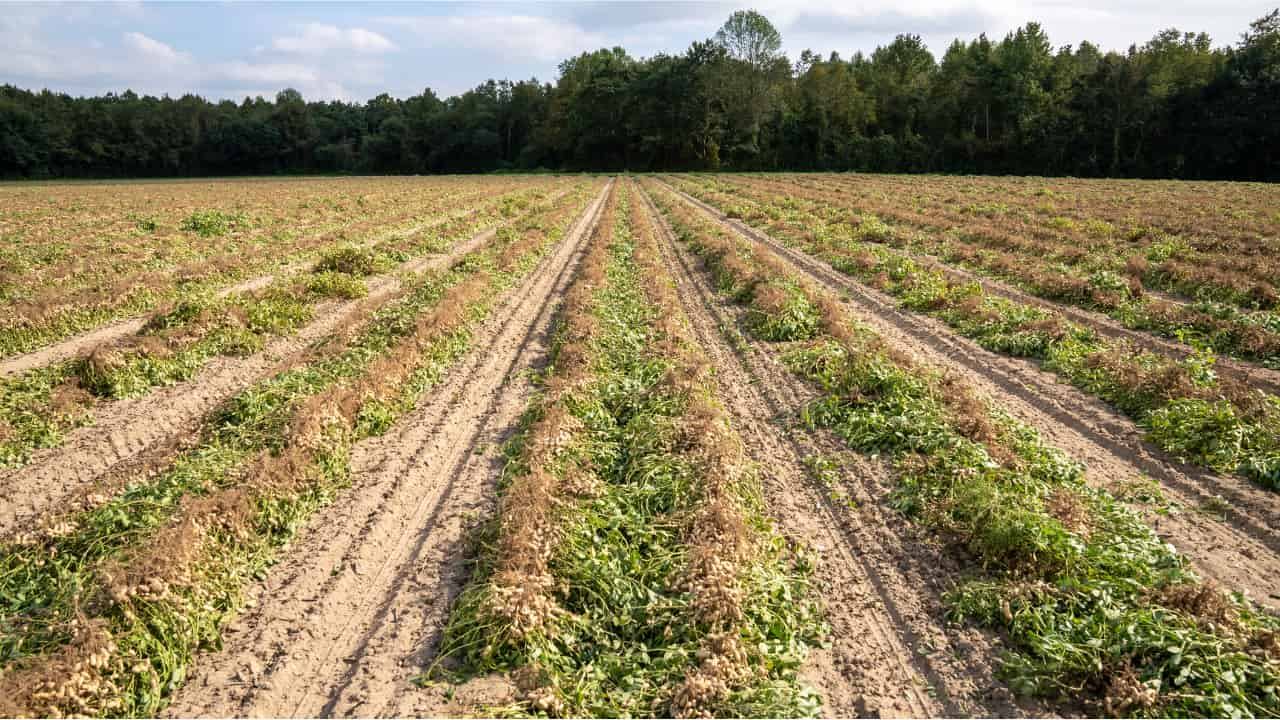Exploring how long spiders live is like opening a book full of interesting stories about different kinds of spiders. There are more than 38,000 types of spiders, each with its way of having babies. Even though they are different, all spiders go through similar stages in their lives. They start from tiny eggs, then grow up and become mature spiders.
This article explores their shared experiences and differences, from when they are delicate eggs to when they become grown-up spiders. Keep reading to find out interesting and unique things that make the lives of these special creatures tick.
Table of contents
- The Life Cycle of a Spider
- 1. Egg Stage: The Delicate Beginning
- 2. Spiderling Stage: Navigating Vulnerability and Rapid Growth
- 3. Juvenile Stage: Features Unveiled through Molting
- 4. Adult Stage: Reproductive Endeavors and Mating Rituals
- 5. Diverse Life Cycles: Adaptations and Environmental Influences
- 6. Ecological Significance: Beyond the Life Cycle
- How Long Do Spiders Live?
- Factors Affecting Spider Lifespan
- How Long Can Spiders Live Without Food?
- FAQs on How Long Do Spiders Live
- Conclusion
- We Also Recommend
The Life Cycle of a Spider
1. Egg Stage: The Delicate Beginning
The spider life cycle initiates with the meticulously crafted silk-encased eggs, a symbol of the delicate inception of arachnid existence. These tiny vessels represent more than just the potential for a new generation; they are the foundational elements setting the stage for the fascinating journey ahead. Safeguarded in silk-wrapped sacs, the eggs encapsulate the mystery and wonder of life, awaiting the moment when the next chapter unfolds.
Hatching from their protective silken encasements, spiderlings emerge into a world teeming with challenges and opportunities. This early stage is marked by vulnerability and rapid growth as spiderlings navigate their environment, adapting to their surroundings and facing the trials of survival.
Crucially, this period sees spiderlings undergo molting processes, shedding their exoskeletons to accommodate their expanding bodies—a pivotal mechanism that propels them toward maturity.
READ ALSO: How Old is Abby Lee Miller: Age Journey of a Dance Phenomenon
3. Juvenile Stage: Features Unveiled through Molting
As spiderlings progress, they transition into the juvenile stage—a period marked by the unveiling of distinctive features. Regular molting becomes a hallmark of this stage, enabling spiders to outgrow their exoskeletons.
Through this iterative process, they refine silk-spinning techniques and develop specialized body structures crucial for their survival. The juvenile stage is a dynamic chapter, shaping the unique characteristics that define each species within the vast spider kingdom.
READ ALSO: How Fast Can an Alligator Run: Incredible Speed Capabilities Explored
4. Adult Stage: Reproductive Endeavors and Mating Rituals
The culmination of the spider life cycle leads to the adult stage—a phase marked by reproductive endeavors. Mating rituals and courtship behaviors take center stage as adult spiders engage in the perpetuation of their species. The duration of this stage varies among species, with some experiencing a brief adulthood focused on reproductive activities.
5. Diverse Life Cycles: Adaptations and Environmental Influences
The intricacies of the spider life cycle are far from uniform across the expansive spectrum of over 38,000 spider species. Each species showcases unique adaptations and behaviors shaped by evolutionary pressures and environmental influences.
The duration of each life stage can vary significantly, ranging from a few months to several years, reflecting the diversity inherent in arachnid life cycles.
6. Ecological Significance: Beyond the Life Cycle
This journey through the spider life cycle transcends mere biological exploration; it is an appreciation of their ecological significance. Spiders, at every stage of their lives, play pivotal roles in maintaining ecological balance.
From controlling insect populations to contributing to nutrient cycling, these arachnids weave their influence throughout ecosystems. Understanding and marveling at the intricacies of the spider life cycle enrich our comprehension of these remarkable creatures and the vital roles they play in the intricate tapestry of nature.
READ ALSO:
How Long Do Spiders Live?
To answer the question of how long spiders live is quite a tricky question. The lifespan of spiders is remarkably diverse, with over 38,000 known species exhibiting a wide range of longevity.
Factors such as species, environmental conditions, and individual circumstances contribute to this variability. Some spiders, like the trapdoor spider, boast impressive longevity, living up to 25 years. This remarkable lifespan is a testament to their ability to adapt and thrive over an extended period.
On the other end of the spectrum, species like orb-weavers generally have shorter lifespans, often lasting only a few months. The intricate web of factors influencing spider lifespans includes species-specific traits, environmental conditions, and the availability of food and suitable habitats. The variability in spider lifespans adds layers to our understanding of these arachnids, showcasing the resilience and adaptability that contribute to their success in diverse ecosystems.
SEE ALSO: How Long Does It Take to Get Your License? Explained
Factors Affecting Spider Lifespan
The lifespan of spiders is influenced by a combination of biological, environmental, and ecological factors. Here are key elements that affect spider lifespan:
- Species Differences: Different spider species exhibit varied lifespans. Some species, like the trapdoor spider, can live for several years, while others, such as orb-weavers, may have shorter lifespans, typically ranging from a few months to a year.
- Environmental Conditions: The climate and habitat where spiders reside significantly impact their lifespan. Factors like temperature, humidity, and the availability of suitable prey can influence how long a spider lives.
- Predators and Threats: Natural predators and environmental threats can drastically reduce a spider’s lifespan. Birds, reptiles, other insects, and even certain fungi or parasites may pose risks to spiders, impacting their survival.
- Reproductive Activities: The act of reproduction often marks the culmination of a spider’s life. Mating, laying eggs, and caring for offspring can be physically demanding and may shorten the lifespan of some spider species.
- Food Availability: The availability of prey directly affects a spider’s ability to survive and reproduce. Spiders that have consistent access to food resources may live longer than those facing scarcity.
- Molting and Growth: Molting is a critical aspect of a spider’s life cycle. The number of molting cycles a spider undergoes during its development can vary between species, affecting its overall lifespan.
- Individual Health: Individual factors, such as injuries, diseases, or genetic predispositions, can influence the health and longevity of a spider. Physically fit spiders are generally more likely to live longer.
How Long Can Spiders Live Without Food?
Spiders exhibit resilience in enduring periods without food, their survival is influenced by species, life stage, and environmental conditions. Varying metabolic rates and energy storage capacities contribute to the diversity in their ability to withstand scarcity. While some species can last for weeks or even months without food, the duration depends on factors such as temperature and individual adaptability.
Spiders, equipped with energy reserves, navigate periods of food scarcity, emphasizing their adaptive strategies for survival. However, prolonged deprivation eventually impacts their health and longevity, underscoring the critical role regular feeding plays in sustaining these arachnids.
FAQs on How Long Do Spiders Live
While most spiders produce venom for prey capture, only a small percentage pose any threat to humans. Most spider bites are harmless.
Spiders produce silk through special glands, using it to create intricate webs for various purposes, including trapping prey and building shelters.
Molting is the shedding of the exoskeleton to accommodate growth. Spiders molt to allow for their bodies to expand as they grow.
Spiders reproduce sexually, with males transferring sperm to females using specialized structures. Females lay eggs, and spiderlings hatch from them.
Conclusion
Understanding the factors influencing spider lifespans enriches our appreciation for these arachnids and their roles in ecosystems. From environmental conditions to individual adaptations, each aspect contributes to the complex narrative of spider longevity. The exploration into how long spiders live reveals not only the diversity within the arachnid world but also the delicate balance sustaining their fascinating existence.






